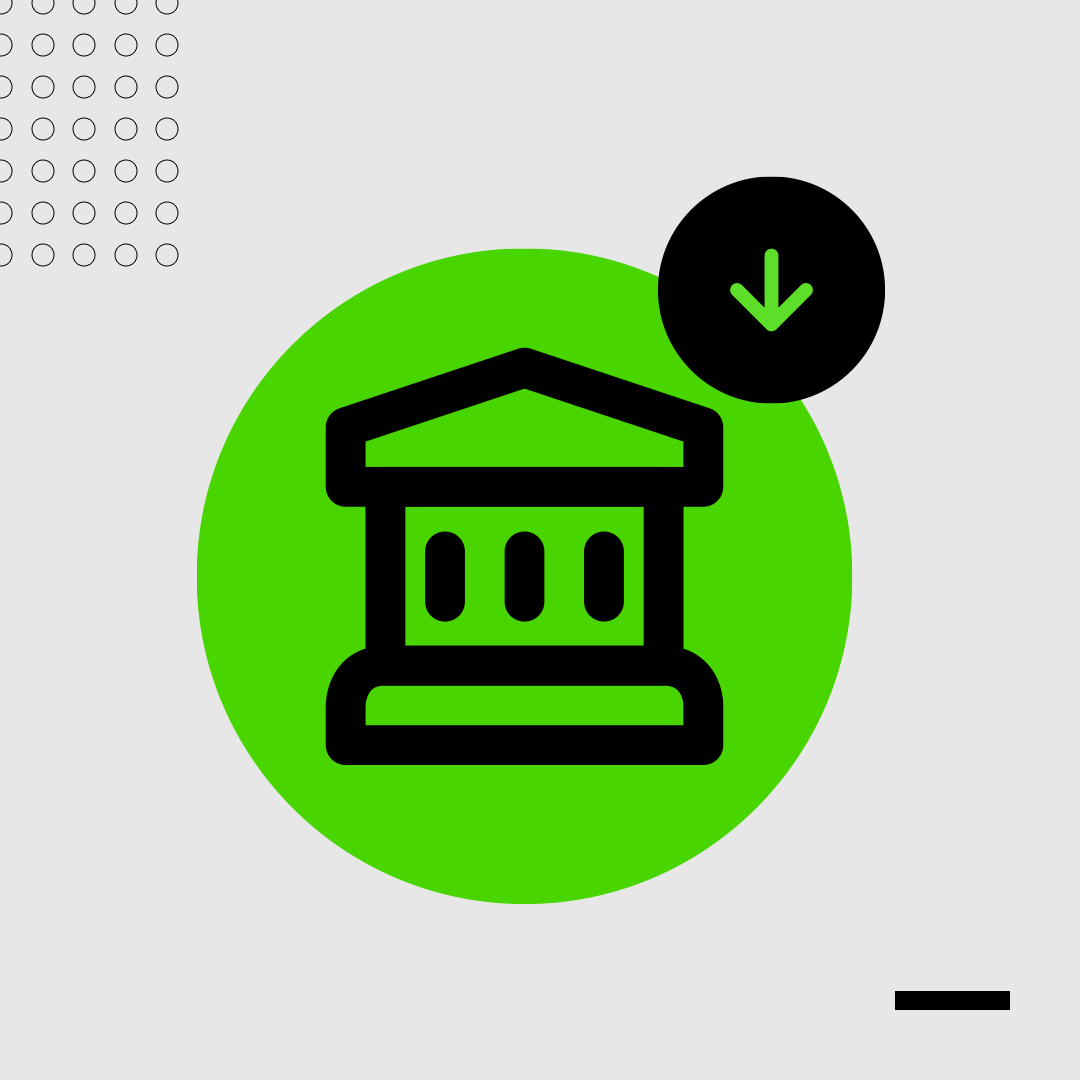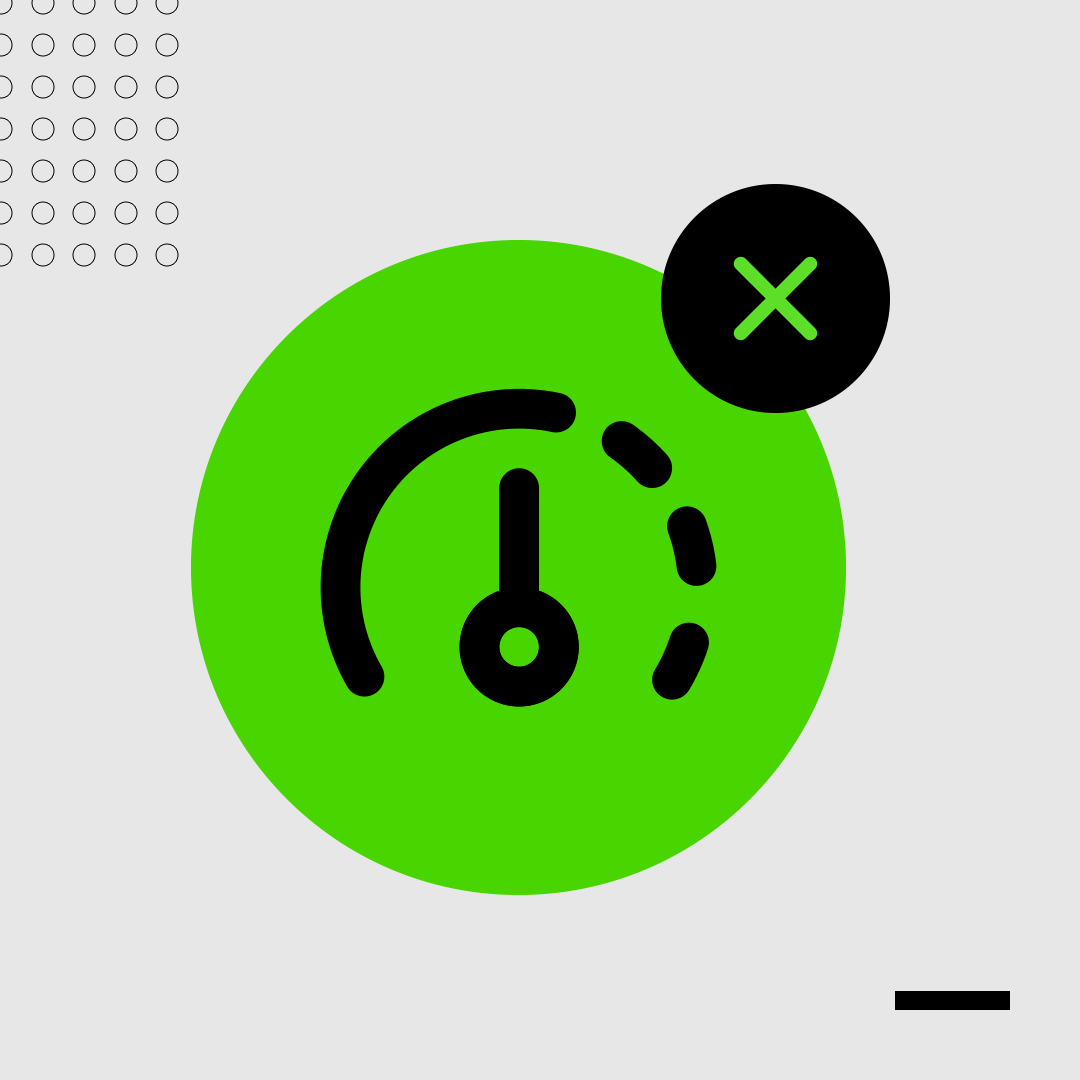Aug. 25, 2021 -- Month after month over the past year-plus, we’ve seen, heard and read about the hardships so many people and businesses have endured due to Covid-19. Many people lost their jobs, many companies went out of business and countless lives were upended because of the virus. Meanwhile, U.S. households added $13.5 trillion in wealth last year – the biggest increase in three decades – with more than 70% of that increase going to the top 20% of earners.
This is indicative of a deep-seeded issue that’s been further illuminated by the pandemic: Access to wealth, opportunity and overall financial well-being is reserved for the few, not the many. As the country reopens, leaders in banking and fintech have the opportunity (and, in my opinion, the responsibility) to explore and challenge ourselves to think and design differently, to deliver financial tools and technologies that serve and empower the underserved, and to level the financial playing field. Allow me to break it down.
Who are the financially underserved?
When I say underserved, let’s begin by acknowledging that in addition to “low-to-moderate income” consumers and the “unbanked,” there is a much broader ecosystem of people who are currently underserved by our financial system. One in three people regularly runs out of money before payday, more or less consistent across income levels (and that rose to two in three Americans during Covid-19). The majority of Americans are living paycheck to paycheck, with little to no financial flexibility between paychecks. This can be especially hard for the growing set of gig workers who have more volatility in their pay and, as we saw during the pandemic, can lose their customer base and source of income overnight.
This is not just limited to consumers, either. Small business owners are subject to a similar phenomenon I sometimes reference as “low-to-moderate cashflow,” meaning they might bring in thousands or more in monthly revenue, yet are barely breaking even after operating costs. They also lack the financial flexibility of more cash-stable counterparts and could benefit from financial tools designed specifically for their unique needs and challenges.
What’s unique about their financial situation?
There are a few common themes we see among these underserved groups, who all tend to be caught in a vicious cycle of paying too much in fees and lacking access to tools that will help improve their situations. Access to pay, for example, is a major issue, with 5% of households still using expensive methods like payday loans to make ends meet, ultimately setting them further back financially.
Access to credit and tools to improve it is another issue, with roughly 45 million “credit invisible” Americans, many more with poor credit due to late payments and lack of funds and limited options to improve it. Even those with fair credit pay thousands more on average for the same auto or student loan compared to someone with good credit. The bottom line: Life is more expensive when you have low income, and we have the opportunity to change that.
What can we do?
Innovative, well-designed fintech has helped us make progress in democratizing financial services and encouraging smarter money habits, but we have a long way to go. Take for example:
- Accessibility and design: Financial tools need to work for, rather than against, the struggling consumer. That entails making financial tools accessible and designing them with the customers’ unique needs and challenges in mind. This goes beyond simply being “free.” Features like consumer-friendly overdraft protection can extend a lifeline to consumers who would otherwise be subject to exorbitant payday loan fees, or worse. In my experience, giving customers flexibility and control while encouraging financial accountability leads to the best outcomes.
- Educational tools, not just content: Personal finance education may go a long way in helping build better financial habits, but a single parent of three holding down multiple jobs likely doesn’t have time to read up or take a course on personal finance. Instead, let’s give them simple and intuitive tools that encourage smart money habits using exceptional UX, AI and automation (like “improve your credit score” or “set up an expense savings bucket” with one click).
- Clear and proactive communication: Fintech companies should be along for the journey to financial health with their customers. Taking a long-term view and commitment to customer relationships, having effective regular touchpoints (including push notifications and other channels) and offering benefits to longstanding loyal customers can help establish and reinforce healthy financial habits. Be in it for the long haul with your customers, and all boats will rise.
For financial institutions, building products and services that only serve the highest earners might be a path to profitability, but it won’t end in equal access to financial opportunity for all. The pandemic further illustrated what direction individuals, families and businesses on both ends of the spectrum are headed in and what’s needed to level the playing field. Let’s challenge ourselves to think big picture and push the boundaries of creativity in the way we build and design so we can better serve the underserved.



